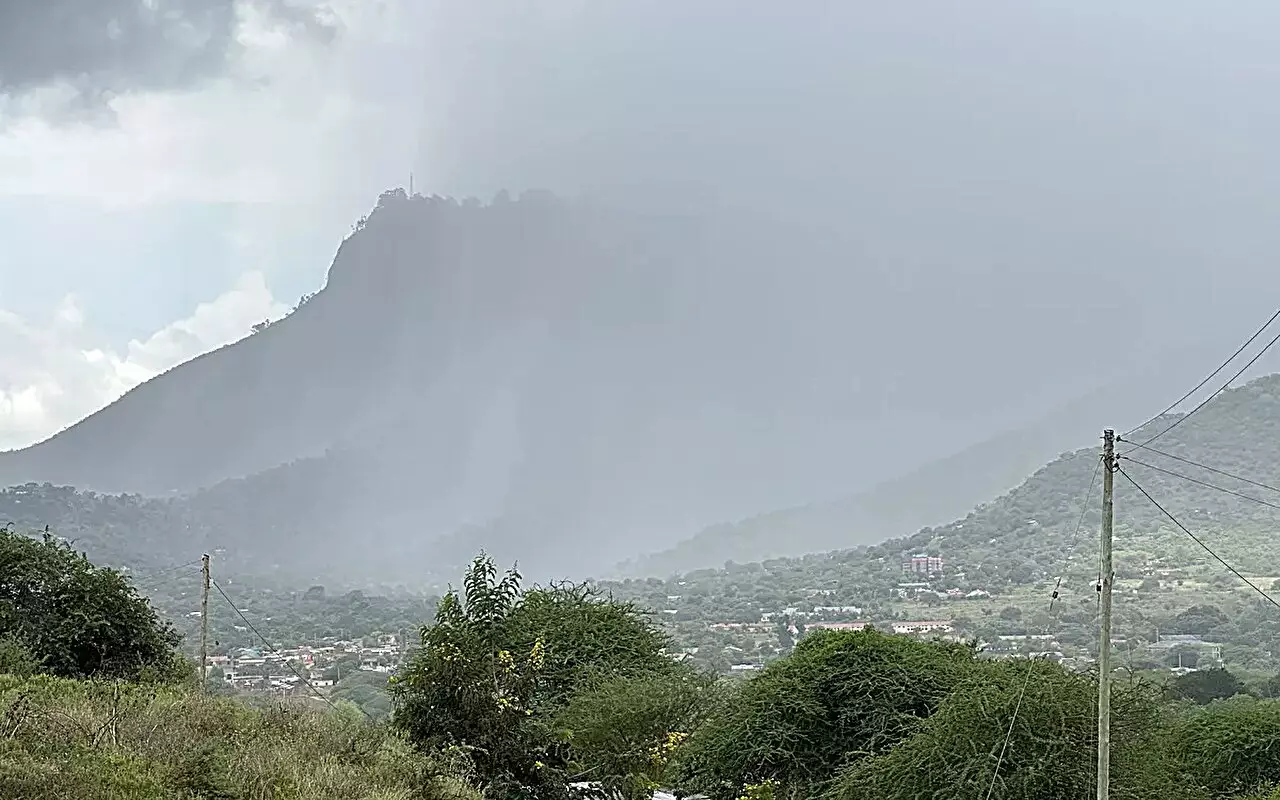In a recent study published in *Nature Communications*, an international team of researchers from Finland, Germany, South Africa, and Ethiopia has unveiled alarming findings regarding the state of African montane forests. These forests, often described as cloudy, wet, and rich in biodiversity, have witnessed a significant transformation over the past two decades due to rampant deforestation. This article delves into the implications of these findings—particularly the alarming rise in temperatures and cloud levels owing to forest loss, which poses a serious threat to biodiversity and readily available water resources for millions across the continent.
Montane forests are typically situated on elevated terrains, offering a unique climate that fosters extraordinary biodiversity. They serve as crucial water towers, capturing water from clouds and fog, which subsequently replenishes aquatic resources for the surrounding lowland regions. This ecosystem is essential for sustaining local communities, as these forests are responsible for the high-quality fresh water that flows into rivers and streams. The degradation of these forests, therefore, not only threatens biodiversity but also endangers the livelihoods of millions who depend on their resources.
Over the past 20 years, Africa has lost approximately 18% of its montane forests due to deforestation driven by agricultural expansion and logging activities. This loss has not only resulted in direct ecological consequences but has also significantly altered climatic conditions in these regions. The study indicates that the past two decades have seen air temperatures rise by 1.4°C, while the elevation of cloud levels has increased by an alarming 230 meters. This situation has pernicious effects, particularly because the rising cloud base disrupts the crucial water-harvesting processes that depend on fog and cloud deposition on the forest canopy.
As highlighted by researchers such as Prof. Petri Pellikka, the director of the Taita Research Station, the implications of cloud base elevation are dire. When cloud levels rise, the essential phenomenon of fog water collection diminishes, leading to lower water availability in forested areas. This phenomenon is particularly impactful in places where trees and soil are adept at retaining water as opposed to open lands, which exacerbate the issue of water scarcity. This disruption threatens the delicate balance of the ecosystem, leading to potential water shortages that could cascade into broader challenges for local populations.
A Broader Perspective: The Role of Elevation
Interestingly, the study notes that the negative impacts of warming associated with deforestation can vary with elevation. For instance, in some cases, the effects of temperature increase may lessen as one moves to higher altitudes. However, the presence of large-scale deforestation—characterized as a loss exceeding 70% of tree cover in defined areas—can negate the cooling effects typically associated with higher elevations. This suggests that even regions once considered safeguarded by their elevation are now vulnerable to the climate-altering consequences of human actions.
The findings of this research serve as a clarion call for urgent intervention. With cropland expansion and logging activities posing significant threats to biodiversity and vital ecosystem services, appropriate measures must be taken to mitigate these destructive practices. As Dr. Temesgen Abera emphasizes, safeguarding these montane forests is not just an environmental concern but a fundamental requirement for maintaining water supply and ecosystem stability in Africa.
The research utilized a comprehensive, data-driven methodology incorporating satellite observations, empirical measurements, and advanced analytical techniques to validate findings. By collaborating with various universities and research centers across Africa and Europe, the study represents a multifaceted approach to understanding the interplay between deforestation, climate change, and hydrological impacts. This fusion of science and technology reflects the commitment of the global research community to address pressing environmental challenges head-on.
The deforestation of African montane forests represents a significant environmental crisis with far-reaching consequences. The rising temperatures and shifting cloud levels, driven primarily by human activity, pose substantial risks not only to biodiversity but also to the water security of millions. As the findings demonstrate, immediate action is essential to mitigate these effects and protect one of Africa’s vital ecosystems. Sustainable practices and collective responsibility from communities, governments, and environmental organizations will be paramount to reversing the trend of deforestation and preserving the invaluable resources that these forests provide.


Leave a Reply